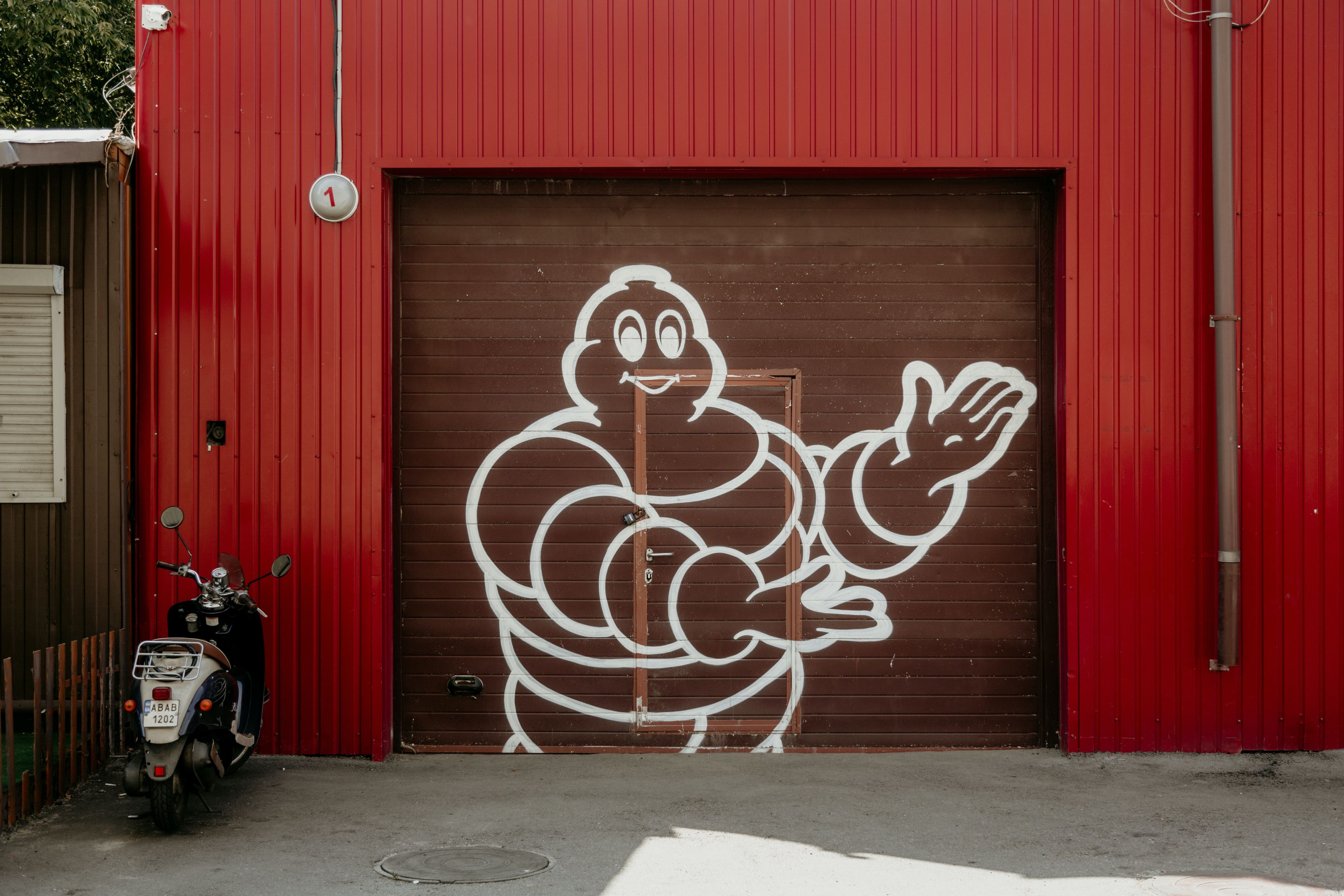The Downsides of the Michelin Guide and its Stars

In 2020, the Michelin Guide awarded over 40 Michelin stars to a selection of restaurants from all over the world. Additionally, the Michelin Guide demoted 20 restaurants from the coveted stars.
In the world of fine dining, the Michelin Guide honors restaurants from Europe, Asia, and America and reviews through an extensive system of symbols and short summaries to obtain either a one-, two-, or three-star certification.
Obtaining a Michelin star is one of the highest symbols of status a chef can receive. It signifies the attention to detail, professionalism, and honor a restaurant can attain and chefs from all over the world strive to earn one. But as one can be rewarded a star, Michelin inspectors can easily demote a chef or a restaurant from the prestigious star.
“It is a little stressful to know that someone might take away a star for a decision you make to change the concept of your own business,” said Jeremiah Stone, chef, and co-owner at Contra.
Chefs who are trying to gain a star or trying to maintain a star provoke stress and it mainly comes from the constant pressure of looking at every detail with great precision because doing everything in a certain order is what fine dining is.
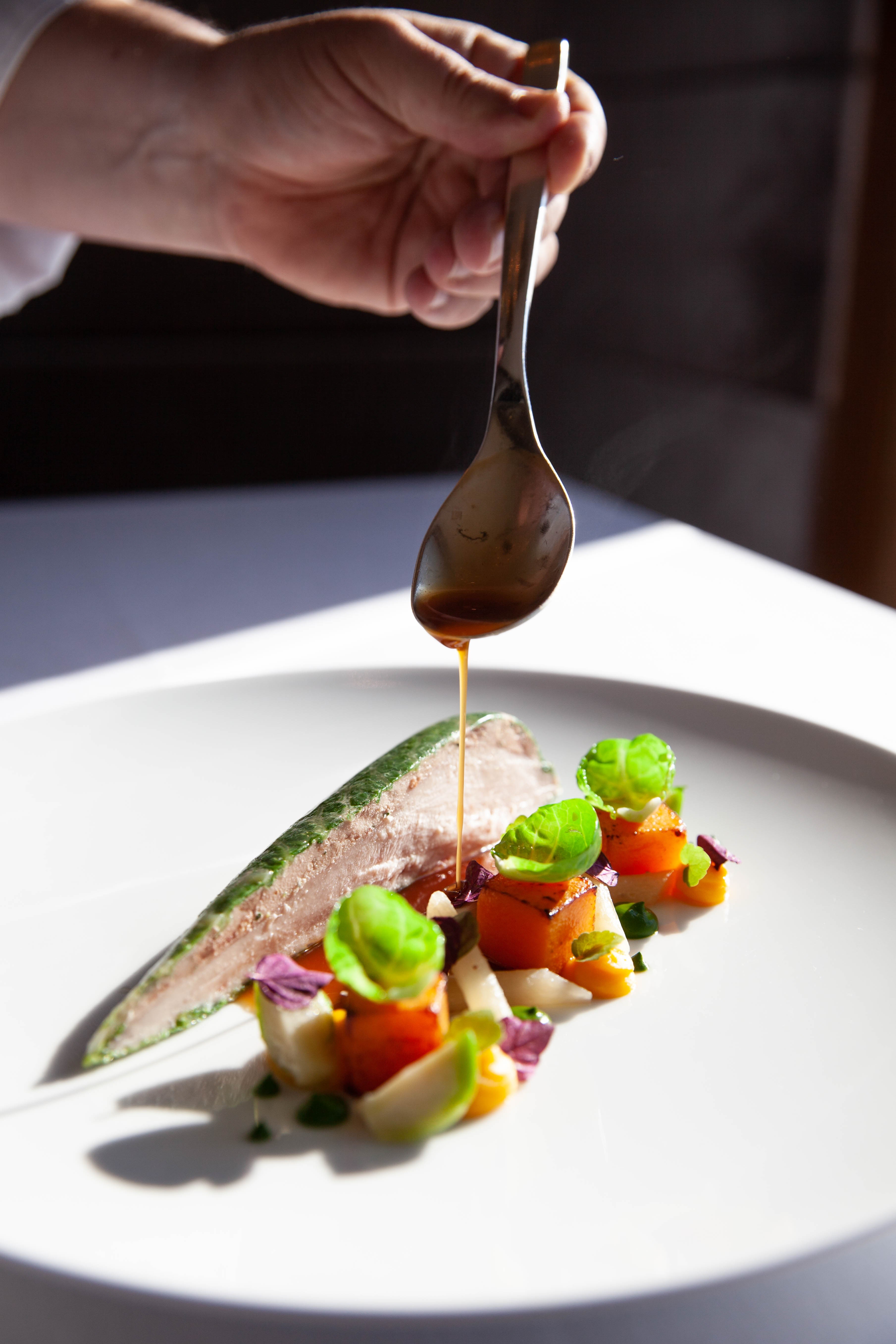


Stress in the food industry
According to Furqan Latif Johri, a researcher at Vaasa University of Applied Sciences, stress is a key factor in any sort of business, “and in the restaurant business specifically in fine dining restaurants it is increasing every day and at a rapid pace; with the Michelin Guide getting more recognition and the restaurants aiming to get their names in their books, it has created a huge amount of stress for the chefs and restaurants owners.”
“Yes it's stressful, doing fine dining in a 200 seat restaurant has its challenges. Controlling quality and staff training are constant, constantly changing and developing the menu. We’re pushing to be the best version we can be while catering to business needs,” said Peter Armellino, executive chef and owner at Plumed horse.
The documentary film 42 Grams portrays Chef Jake Bickelhaupt who goes from starting as a simple chef to gaining a two-star Michelin rating in less than a year. But towards the end of the film, viewers see how the stress and tension of Bickelhaupt building up to prove himself as a worthy chef. Affecting his personal life the restaurant closes abruptly, Bickelhaupt divorces his wife and he stops cooking.
“The stress (I prefer pressure) to maintain stars is only great if one becomes personally attached to the pursuit. It can drive you into anxiety and/or depression, which doesn’t give you a good chance of performing optimally. I always strive for the best and do what I can to motivate the team to have a common purpose,” said Alex Stratta, chef at Campo Italian bistro.
When stress and fame become too many chefs succumb to pressure and take it too far. France's Bernard Loiseau committed suicide in 2003 based on rumors that his restaurant La Côte d'Or might lose one of its three Michelin stars.
Over the past two decades, at least a dozen chefs – including names like Marco Pierre White and Alain Senderens – have returned their Michelin stars or closed their restaurant rather than having the constant worry and stress to maintain high standards.
“It is a stressful achievement to maintain. I don't do what I do just because of the Michelin stars, so to have to make that part of my focus adds extra pressure to an already pressure-filled job,” said Mary Attea, executive chef at The Musket Room.
The Michelin Guide being selective
Although the Michelin Guide is an international reviewing and rating system, only a selection of cities can be recognized and considered to get a star.
“They're extremely fickle and selective about where they send their reviewers. They wouldn't dispatch a single reviewer to visit Binkley's in Phoenix, for instance, even if all indications pointed to Binkley's being a Michelin-worthy restaurant. They don't seem very interested in spreading the coverage to underserved cities like Phoenix. New York, every time. Phoenix, never,” said Craig Outhier, editor at Phoenix Magazine.
In the United States, the only cities that have Michelin-starred restaurants are New York, Chicago, Los Angeles, San Francisco, and Washington D.C.
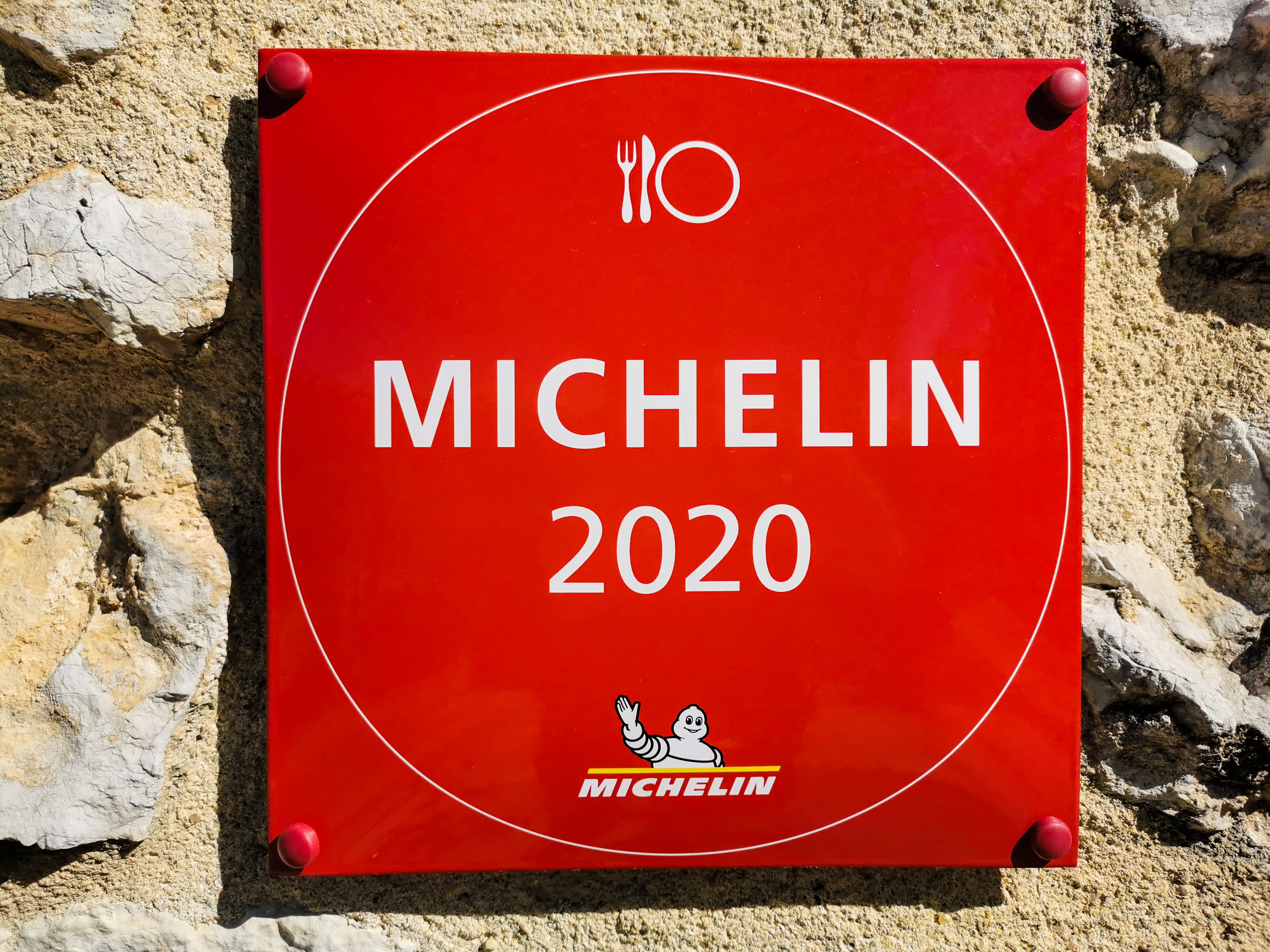
Michelin sign outside of a restaurant. Image via Unsplash
Michelin sign outside of a restaurant. Image via Unsplash
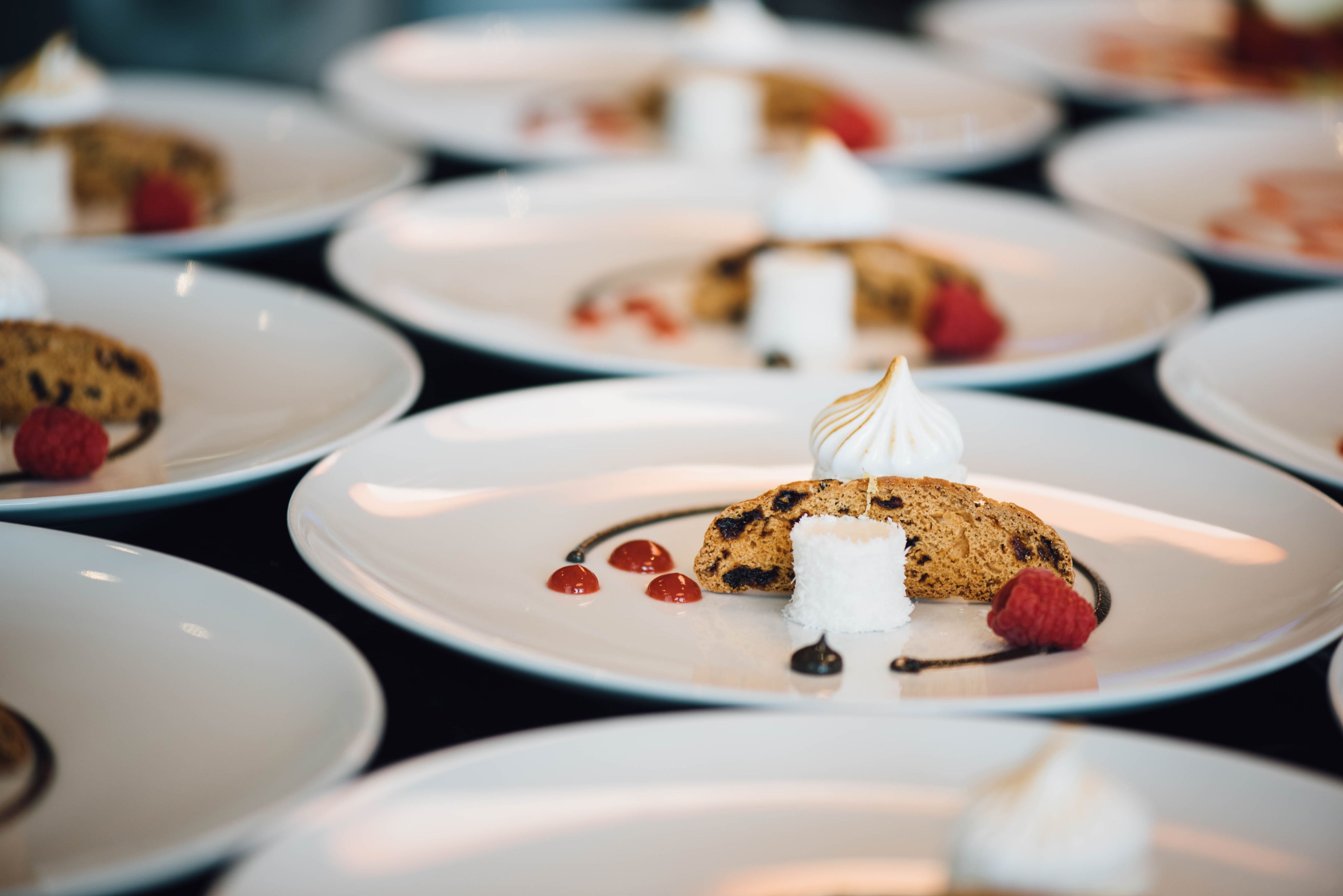
All dishes must be identical in taste and in looks. Image via Unsplash
All dishes must be identical in taste and in looks. Image via Unsplash
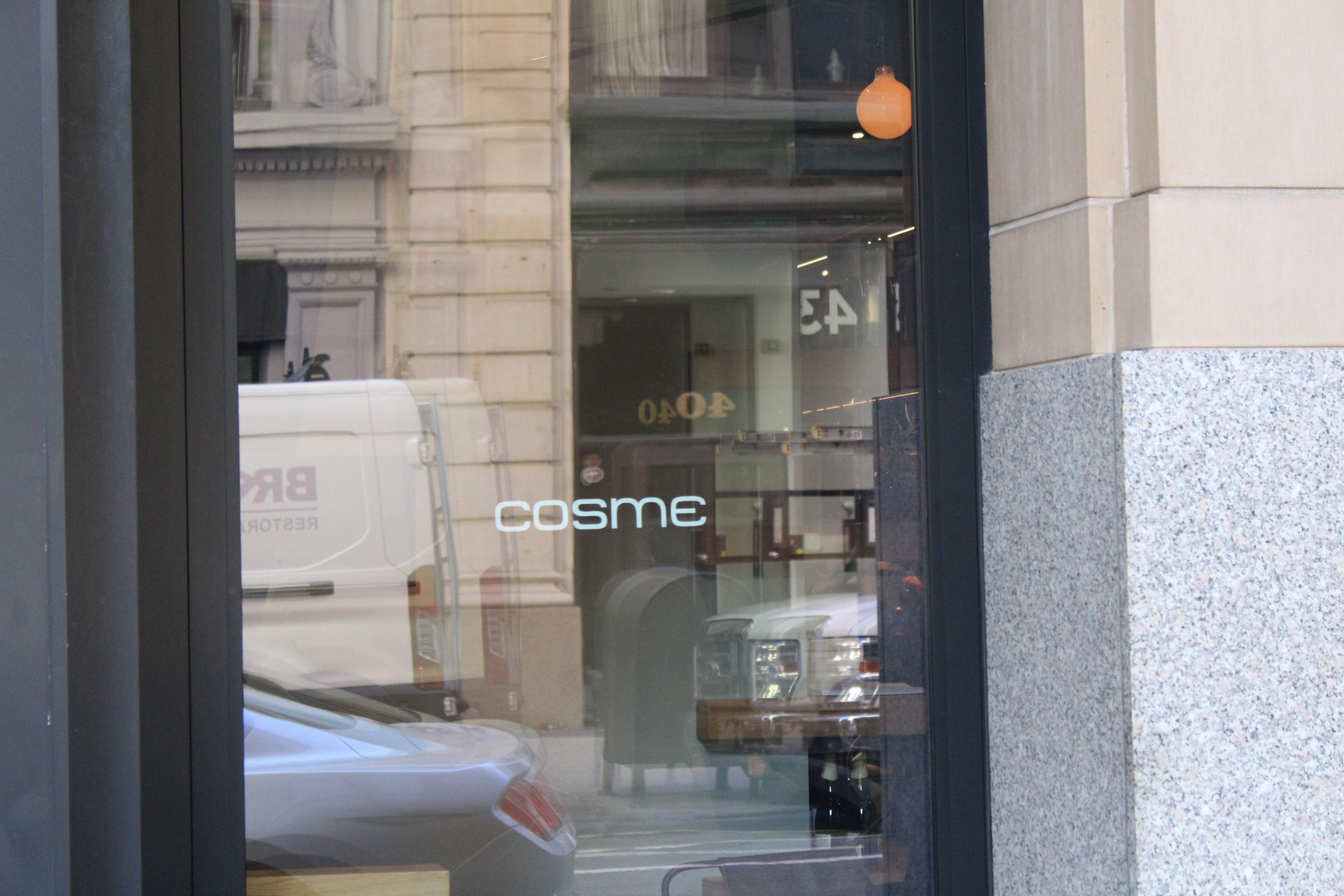
Cosme, located in New York, is a Michelin-star restaurant led by Daniela Soto-Innes. Image via Tiffany Acosta
Cosme, located in New York, is a Michelin-star restaurant led by Daniela Soto-Innes. Image via Tiffany Acosta
“They highlight only cities that have the audience and appetite for the ‘three star’ ultimate experience. They would never review a city that doesn’t have at least the potential of one. For example, the guide didn’t come to Las Vegas until there was real potential for a three-star restaurant. The fact that Joel Robuchon arrived on the Vegas scene piqued their interest and then, subsequently, it opened doors for Guy Savoy, Alex, and Picasso to be recognized as well,” said Stratta.
Michelin has always focused mainly on large metropolitan cities that are densely populated which gives the option of having high-quality restaurants. But smaller cities like Portland or Phoenix tend to have fewer selections but that doesn’t mean there isn’t fine dining that should be highlighted.
“I think it makes sense and it also is unfair for those smaller cities. There’s good food everywhere. There should be a regional guide though to group a larger area of the US, which they used to do. It should be the Northwest or Southeast. It's hard though everyone will complain if a city like Boston is covered but not Nashville for example,” said Stone.
The future of the Michelin Guide
Through the age of technology, many chefs and influencers share their dishes and highlight other restaurants and chefs via social media. Allowing them to showcase their food and culinary skills allows for a different type of promotion.
The Michelin Guide has been keeping to its traditional roots and should consider chefs and restaurants from smaller cities. As Tim Hayward said for the Financial Times, “Michelin is too “French” and that its right to pass judgment on the food of other cultures has become questionable.”
